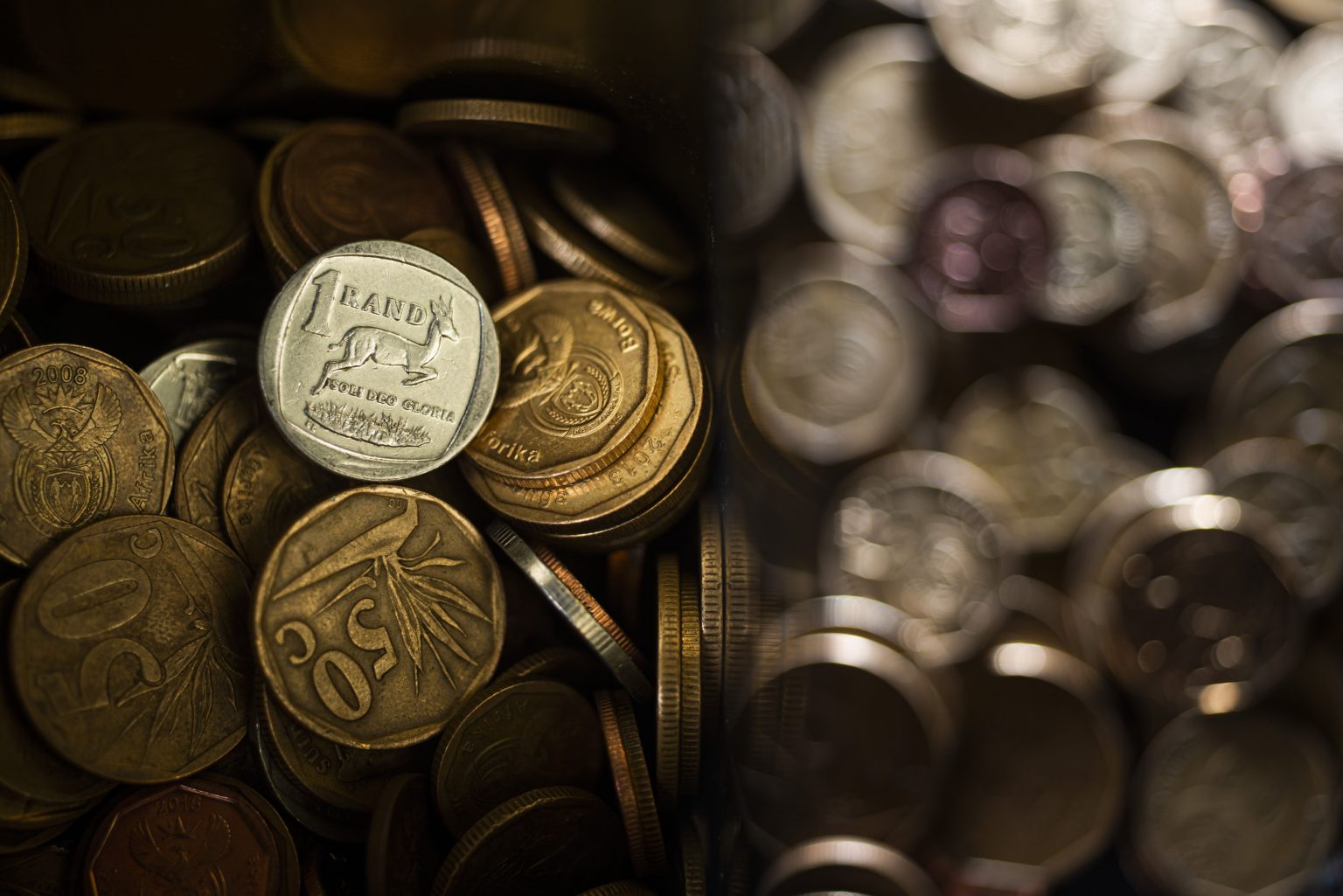SA state debt nears 100% of estimate for fiscal year

South African government debt neared 100% of the National Treasury’s forecast for the fiscal year through March 2022 within seven months, heightening the risk that liabilities may overshoot official estimates.
Gross debt amounted to R4.2 trillion ($261 billion), or 97.3% of the government’s estimate by October 31, according to the South African Reserve Bank’s Quarterly Bulletin published on Wednesday. The National Treasury revised its debt projection for the current fiscal year to R4.31 trillion, or 69.9% of gross domestic product, in last month’s medium-term budget policy statement from its February estimate of R4.38 trillion.
Central bank data shows gross debt increased by 12% year-on-year to R4.16 trillion, or 68.6% of GDP, as at September 31. The surge reflected a significant increase in the outstanding balance of domestic debt, which accounted for more than 90% of total loans, the Pretoria-based Reserve Bank said. Foreign debt obligations declined over the same period, it said.
Surging debt and debt-service costs, the fastest growing expenditure line item in the budget since 2011, are key risks to South Africa’s fiscal sustainability as ongoing damage to the economy wrought by the coronavirus pandemic compounds a deterioration in public finances caused by years of overspending, mismanagement and alleged graft.
The International Monetary Fund last week reiterated calls for the country to introduce a debt anchor in its budget to “complement the existing nominal primary expenditure ceiling in guiding consolidation and limiting debt accumulation when economic activity is set to remain persistently weak.”
Even before the pandemic, South Africa’s economy was sluggish. It entered the 97th month of a weakening cycle in December, according to central bank data.
The Reserve Bank will begin empirical work on identifying the lower turning point in the cycle early next year, Iaan Venter, a senior manager in its economic statistics department, said in an emailed response to questions. While a contraction in economic activity in the third quarter of this year and fallout from a fourth wave of coronavirus infections means South Africa’s economic recovery has lost some momentum, it doesn’t necessarily negate a change in the cycle, he said.
Other Key Points:
There were foreign direct investment inflows of R557.9 billion in the three months through September, compared with inflows of R17.4 billion in the previous quarter. The increase was largely due to the Prosus N.V. acquisition of about 45% of Naspers Ltd. from the existing shareholders.
Portfolio investment outflows of R370.9 billion were recorded in the third quarter, mostly due to non-resident investors exchanging shares held in Naspers for Prosus shares.

